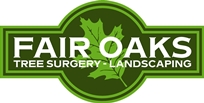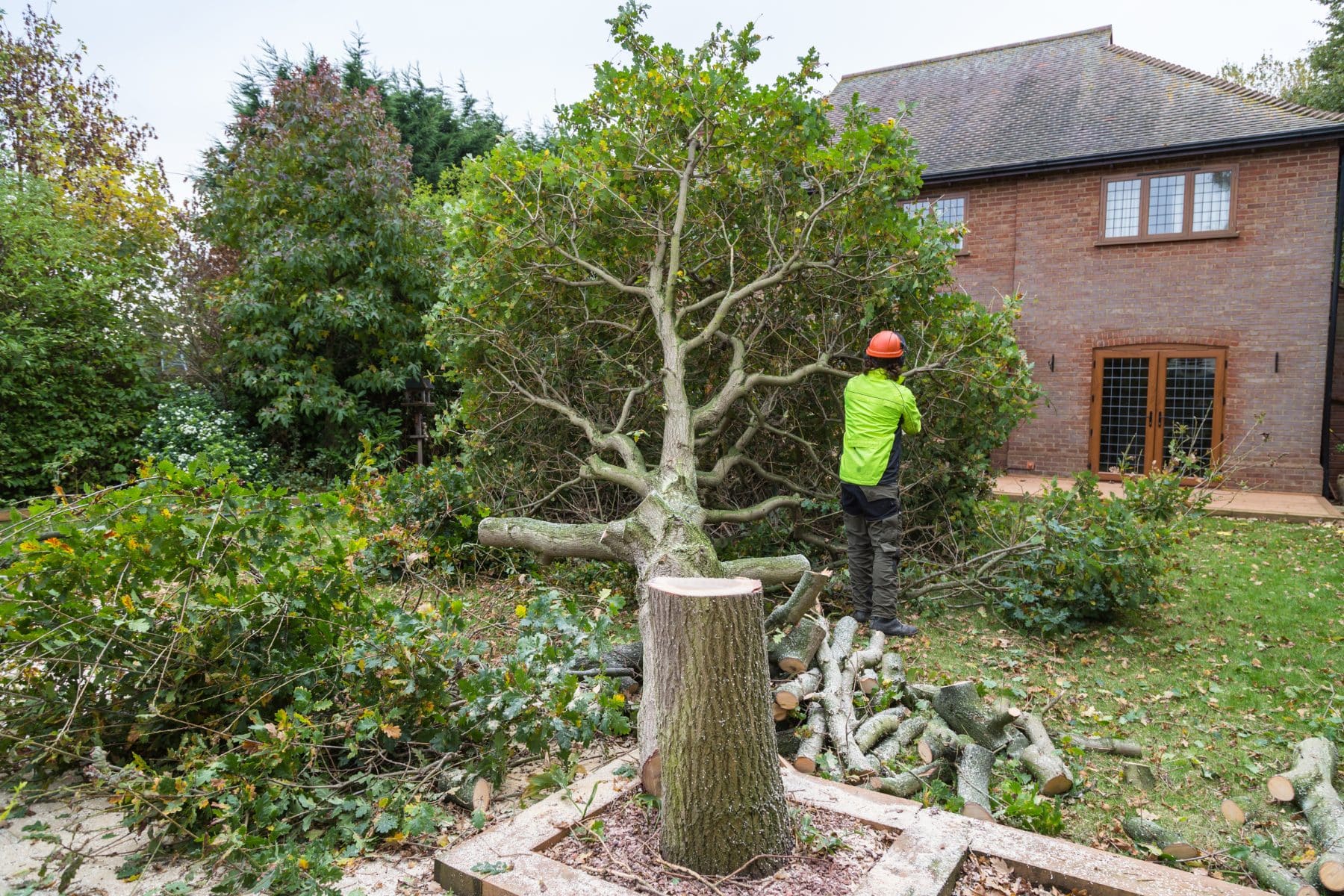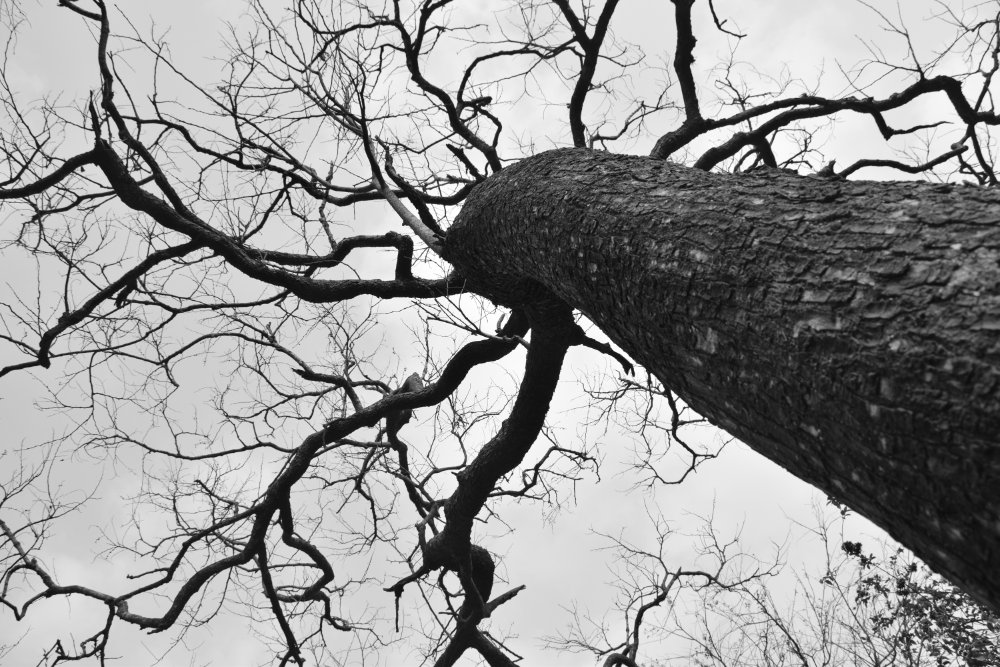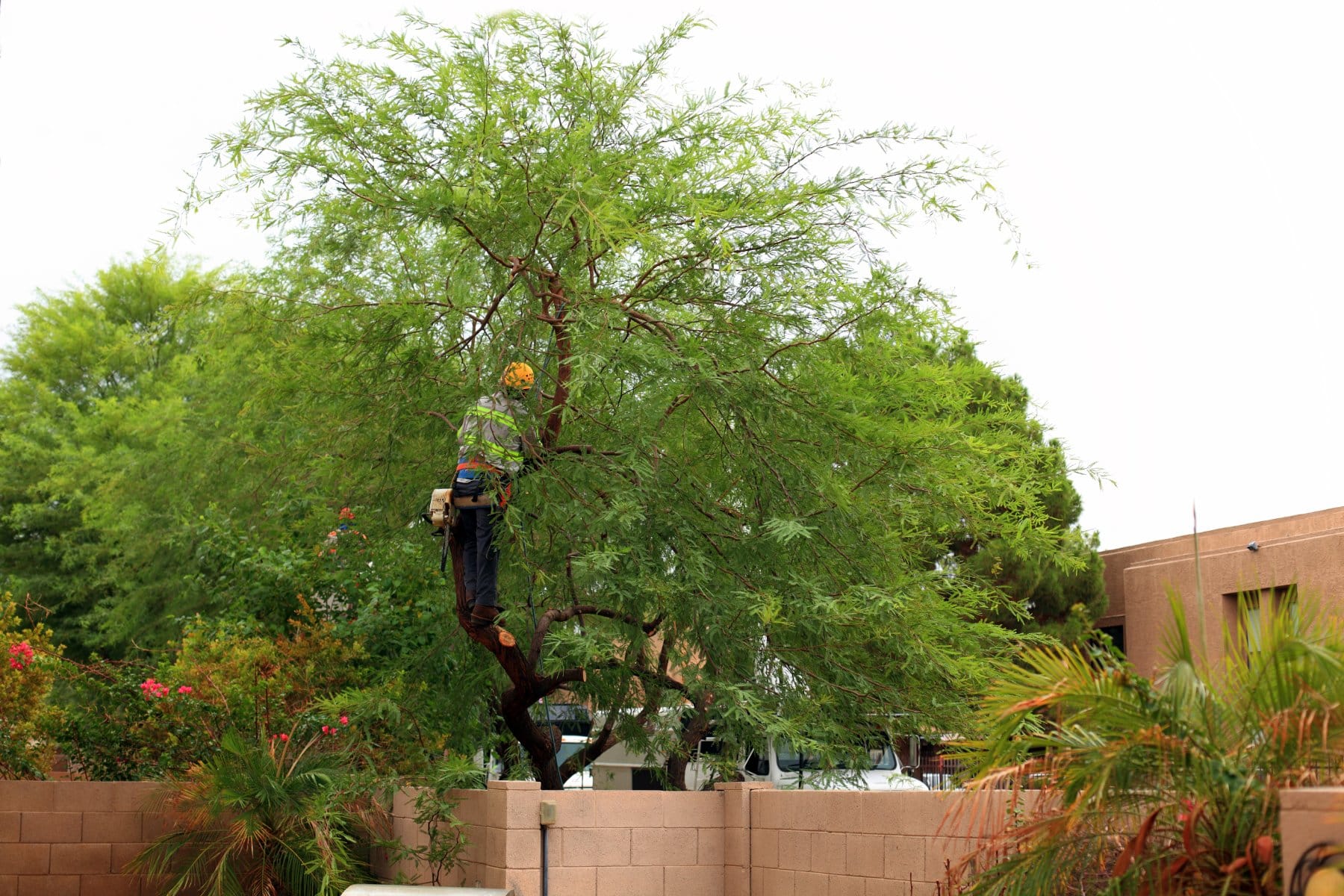Like trees, hedges require pruning and maintenance to ensure they look tidy and remain in good health. Hedge trimming should be an essential task in your garden plan, whether it’s a domestic residence or hedges on the grounds of a commercial or public building.
To get you started, here’s everything you need to know about hedge trimming.

What are the benefits of hedge trimming?
Without proper maintenance, hedges very quickly become overgrown or untidy if they take on an undesired shape. Dense hedges can also block out light from a garden, affecting both your property and the rest of the outdoor space.
A regular hedge pruning schedule is the best way to ensure their size, density and shape remain safe, healthy and aesthetically pleasing. Hedge trimming stops the boundary crossing into someone else’s land, keeps garden borders looking attractive and ensures the shrub doesn’t become too unruly for the space it’s occupying.
You can also produce healthier hedges with regular pruning, helping the foliage and branches to become stronger, improving the shrub’s lifespan and overall appearance. It will even promote healthy fruit growth in some hedge varieties.
When should you trim hedges?
Formative pruning refers to the process of shaping a hedge while it’s young, so this will need completing in the first few years after the shrub has been planted. This aids the hedge in taking on the desired form while it’s new, making it easier to manage and keeping it looking neat for many years.
After this time, hedge trimming will only need carrying out once a year (sometimes twice if the hedge is formal).
The best time of year for hedge pruning will depend on the variety. For example, new evergreen hedges such as conifers should be trimmed in the spring, whereas new deciduous hedges need pruning in the winter months. Maintenance pruning is often completed in the summer.
The timing of hedge trimming will also need to take account of factors such as bird nesting season.
How do you trim a hedge?
There are lots of different hedge pruning techniques, from using large hand-held hedge shears to powered trimmers. However, safety is paramount when undertaking this type of task, so you must consider the equipment required and the heights involved.
Never undertake hedge trimming if you’re unsure about what to do or don’t have the right protection equipment, such as gloves and safety goggles.
You’ll also need to know where to cut the foliage and branches to maintain the shape you want and ensure the growth of the branches doesn’t make the shrub too dense.
The easiest way to keep your hedges healthy is by asking a tree surgeon for help.
Get more hedge pruning advice
If you’d like more advice and help with hedge trimming solutions, speak to the team at Fair Oaks Tree Services. We operate across London and Surrey locations, including Kenley, Ewell and Kingswood. We also offer a wide range of tree surgery services for all your needs.
To contact us, please call 07780 445079 or email info@fairoakstreeservices.co.uk.





